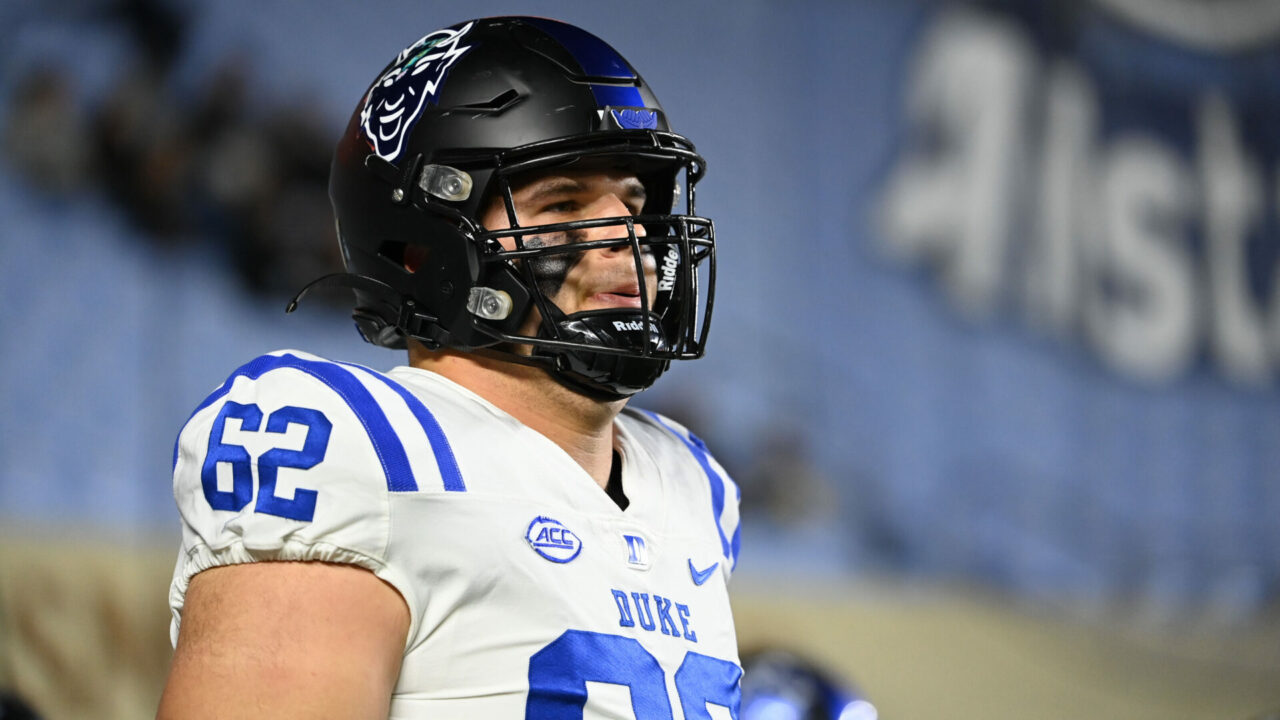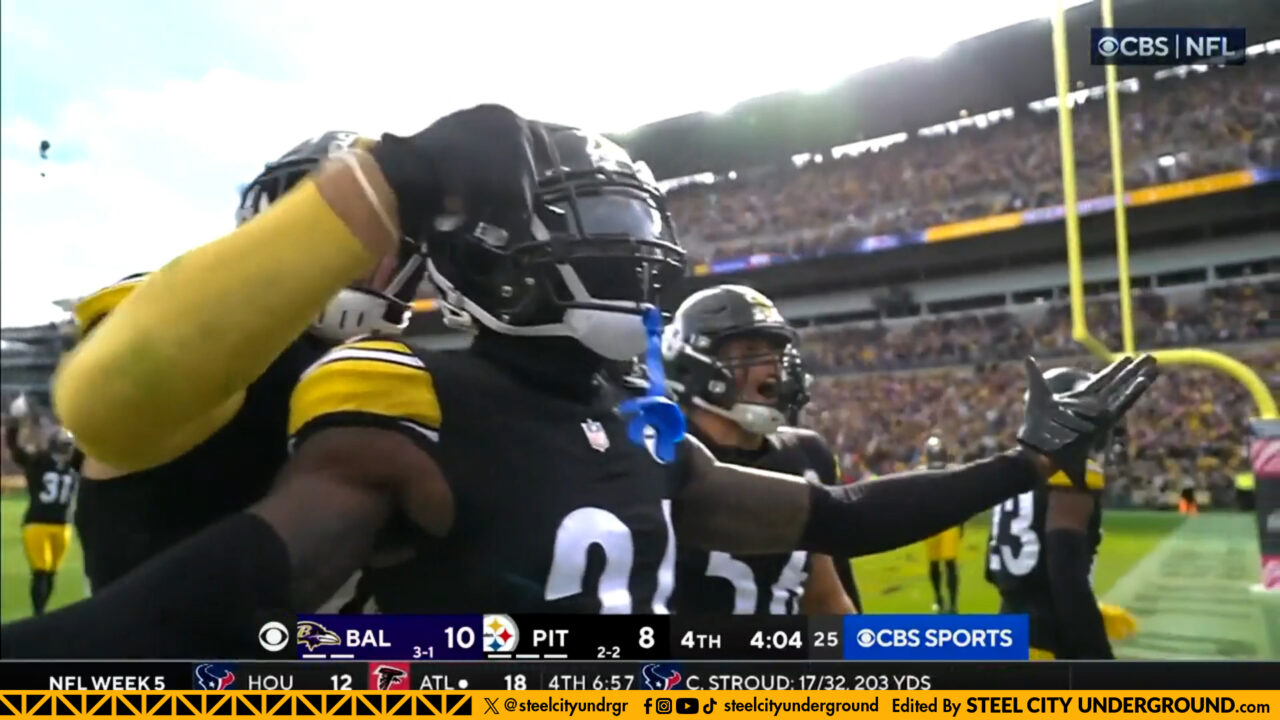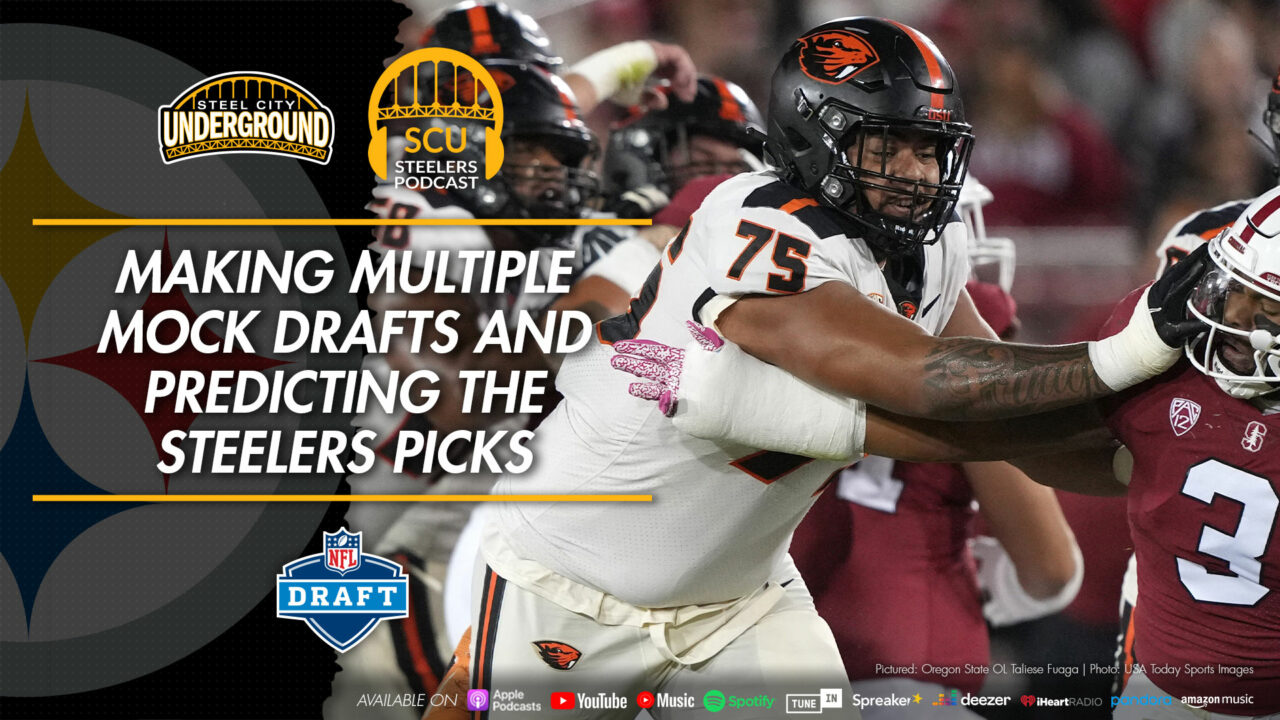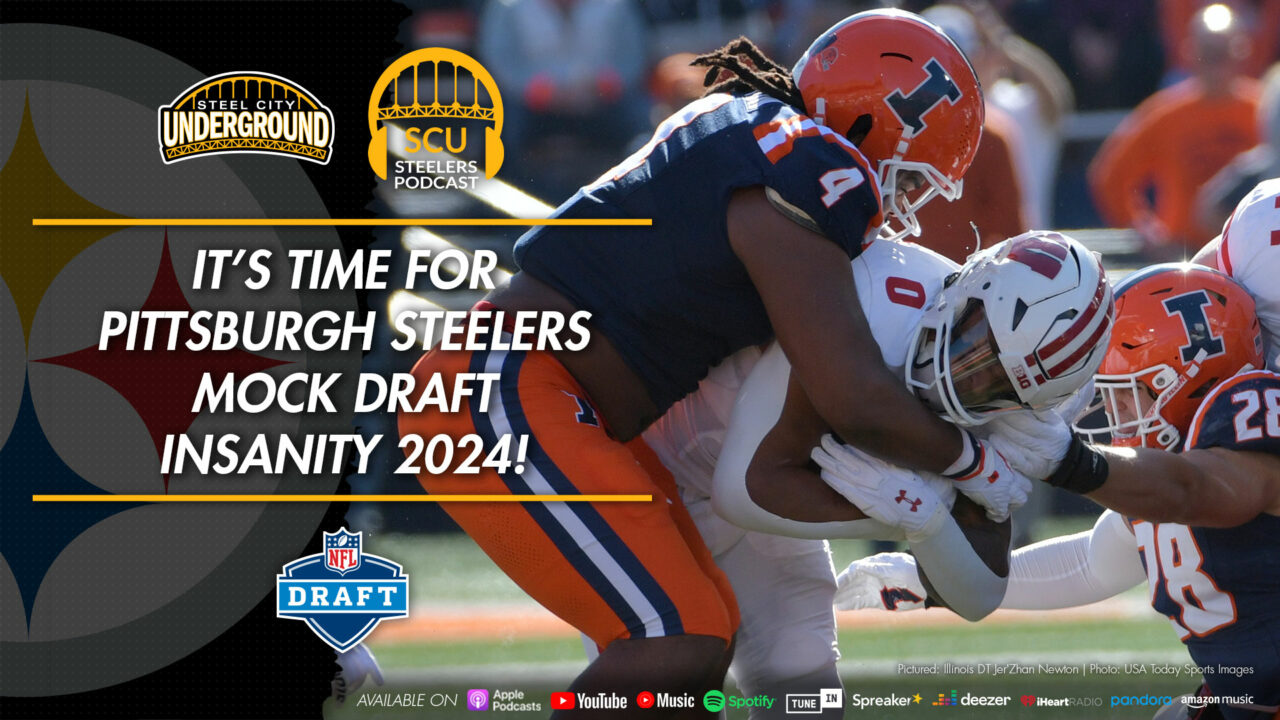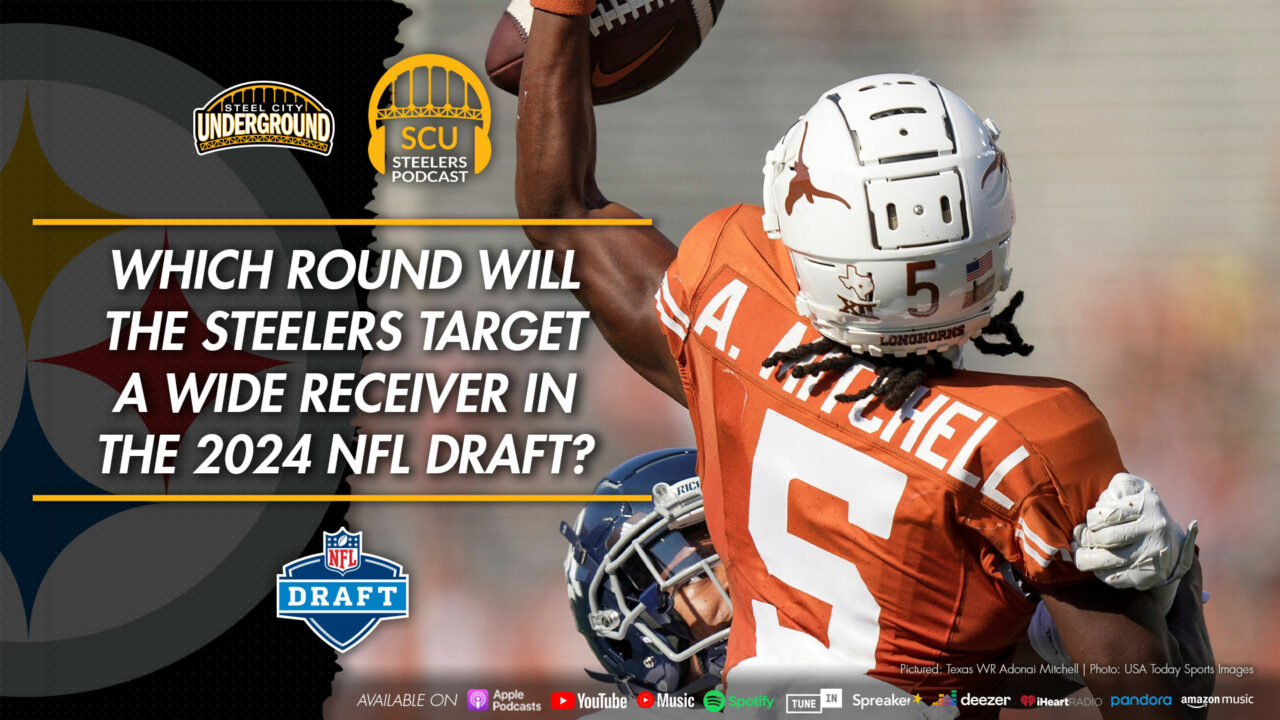Lack of WR help contributed to Antonio Brown’s “decline” in 2016
Anytime good news happens in the NFL (or even the world), there are always those who seem to take issue with whatever it is. Nobody can ever agree on something being positive. This idea remained true with Antonio Brown‘s new contract extension which makes him the highest paid wide receiver in the league.
The majority believe Brown was deserving of this contract due to his production and work ethic.
But of course, people ranging from random fans to radio hosts are now commenting on how the Steelers overpaid Brown and how they will regret this decision due to his age, citing a “decline” in his production in 2016. A closer look however shows that this supposed “decline” is being overblown, especially when taking a look at the Steelers wide receiver depth chart in 2016 compared to his previous 3 years.
The Steelers have had some big names playing along side Antonio Brown over the past 4 season. Emmanuel Sanders, Heath Miller, and Martavis Bryant all are reputable players that are/were seen as threats.
Looking at the 2016 roster, you don’t see these names. Players like Markus Wheaton and Sammie Coates, who many predicted to break out and be threats, had seasons plagued by injuries with little to no impact on the season.
To compare, I made tables for the past 4 years consisting of the Steelers top 3 wide receivers behind Antonio Brown. These tables include wide receivers and tight ends, running backs were excluded.
2016
| Name | Yards |
|---|---|
| Eli Rogers | 594 |
| Sammie Coates | 435 |
| Jesse James | 338 |
| Total yards: | 1367 |
2015
| Name | Yards |
|---|---|
| Martavis Bryant | 765 |
| Markus Wheaton | 749 |
| Heath Miler | 535 |
| Total yards: | 2049 |
2014
| Names | Yards |
|---|---|
| Heath Miller | 761 |
| Markus Wheaton | 644 |
| Martavis Bryant | 549 |
| Total yards | 1954 |
2013
| Name | Yards |
|---|---|
| Emmanual Sanders | 740 |
| Jerricho Cotchery | 602 |
| Heath Miller | 593 |
| Total yards | 1935 |
Eli Rogers quietly almost hit 600 receiving yards in 2016. While that’s a very commendable number, it’s the lowest amount from a #2 receiver during the last 4 years. When compared to 2013-2015, 595 yards would make Eli Rogers the #3 or #4 options.
Sammie Coates and Jesse James round out the #2 and #3 spots, which is honestly kind of sad. Coates’ yards came primarily in 5 games while James’ role in the offense isn’t exactly a receiving threat.
Jerricho Cotchery in 2013 would’ve been the Steelers #2 receiving option in 2016. That’s very telling about the help Brown had.
While it is true that it’s worth noting Le’Veon Bell was the Steelers #2 receiving option in 2016 with 616 receiving yards, I believe he has a different impact than a true #2 receiver. Bell draws the attention of the defense, but he doesn’t prevent teams double and triple teaming Brown like other threats at wide receiver would.
Total yardage comparison
| Year | Yards |
|---|---|
| 2016 | 1367 |
| 2015 | 2049 |
| 2014 | 1954 |
| 2013 | 1935 |
Comparing the total yardage of receivers not named Brown is also pretty eye-opening. Between 2013-2015, it was an average of 2,000 yards a season. 2015 was roughly 600 yards less.
The differential is more yards than Eli Rogers, the Steelers #2 receiver, had in 2016.
It’s disappointing because going into 2016 the Steelers offense was projected to be one of the scariest in the league. They should have had Martavis Bryant, Markus Wheaton, and Ladarius Green on the field alongside Antonio Brown. Certainly the presence of those other threats would have drawn the attention of defenses more than Eli Rogers, Jesse James, and Cobi Hamilton did.
All of this equated to Brown drawing constant double and triple teams throughout the season. In the clip below you can see the type of attention Brown drew every game. Despite this attention he still managed to be productive.
First, we see Brown bracketed, as this pass (obviously) isn’t intended for tight end David Johnson, but Brown is well-covered.
But double coverage doesn’t always work:
Brown plays into the Patriot’s plans, but works the outside on a brilliantly executed timing route by himself and Ben Roethlisberger. However, how many times can this play work when you don’t have someone (other than David Johnson) to help take the heat off of Brown?
Hopefully this information sheds some light on the false narrative on Brown’s decline. It’s also worth noting that Brown sat out during the final game of the season, which many seem to forget when citing his stats in this “decline” discussion. You could easily tack on another 10 targets, 7 catches, 86 yards, and a touchdown (his per-game averages during the regular season) to his 2016 totals if the starters didn’t sit against Cleveland.
With healthy weapons in 2017, and a true #2 wide receiver in Martavis Bryant playing alongside him, Brown should be able to improve upon his already dominant 2016 numbers and prove he deserves to be the highest paid wide receiver in the league.



